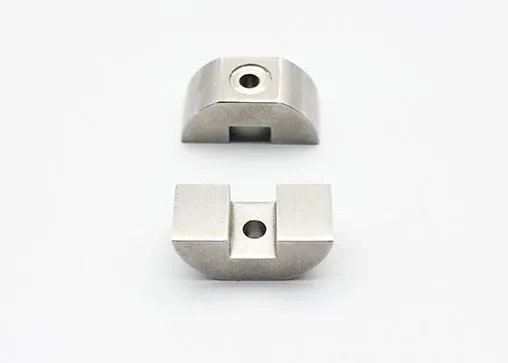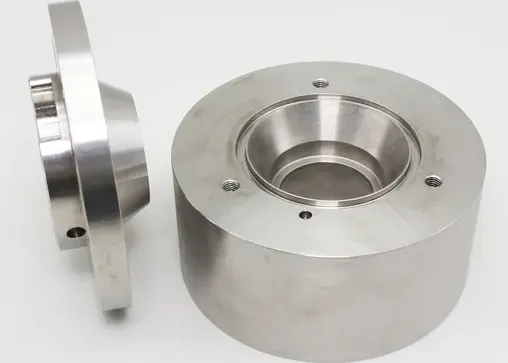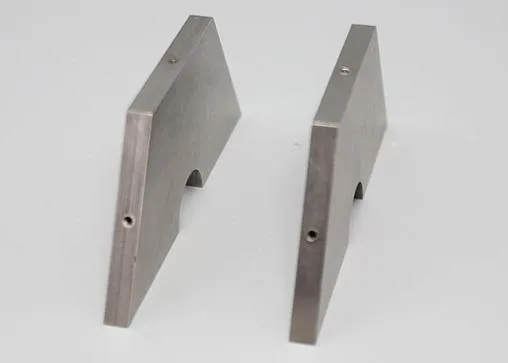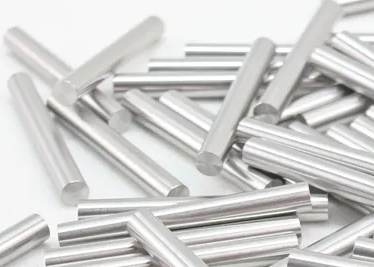Why Can Tungsten Alloy Be Used as a Shock Absorption Material to Reduce Vibration?
During the operation of mechanical systems, vibration and shock are common challenges that can influence both performance and durability. Managing these dynamic forces effectively depends heavily on the materials used. Among the available options, tungsten alloys distinguish themselves through their remarkable mechanical characteristics. Products such as the tungsten rod, 95WNiFe alloy, and the tungsten heavy alloy rod for counterweight have consistently delivered excellent results in applications where reliable shock absorption and vibration damping are essential.
Tungsten alloy materials are primarily composed of tungsten with small amounts of nickel, iron, or copper. One particularly effective composition is 95WNiFe, meaning the alloy contains about 95% tungsten with the remainder being a nickel-iron mixture. This specific composition provides a combination of high density, good ductility, and superior mechanical strength.
The reasons why tungsten alloys excel at shock absorption include:
High Density: Tungsten alloys have a density ranging from 17 to 19 g/cm³, allowing them to effectively dissipate vibrational energy.
Elastic Modulus: The high stiffness of tungsten alloys enables them to withstand dynamic loads without permanent deformation.
Energy Absorption: Due to their internal structure and high mass, tungsten alloys can absorb and redistribute energy efficiently, reducing transmitted vibrations.
Fatigue Resistance: Tungsten alloys offer excellent resistance to mechanical fatigue, ensuring long-term performance even under repeated vibration cycles.
These properties make tungsten alloys particularly suitable for applications where stability under dynamic conditions is essential.
Tungsten rods serve as highly versatile components in industries where vibration control is essential. Their combination of compact dimensions and substantial mass allows them to be effectively integrated into systems with limited space while still delivering strong damping performance. In fields such as aerospace, automotive, and construction machinery, tungsten rods are commonly used in vibration damping systems to suppress resonance and reduce structural fatigue, in dynamic balancing applications to correct imbalances in rotating parts for smoother operation, and in seismic protection to help mitigate the impact of ground movement on buildings and equipment. Their consistent performance under harsh operational conditions offers a clear advantage over lighter or less durable alternatives.
The 95WNiFe composition provides a balance between density, strength, and machinability. This alloy not only offers high density but also features improved toughness and flexibility compared to pure tungsten, which can be brittle. Products like 95WNiFe tungsten rods are especially valuable in applications where both shock resistance and precise machining are needed. The improved ductility ensures that components can endure sudden impacts without cracking, while the overall mass contributes to effective vibration control.
Counterweight systems are another area where tungsten alloys shine.The tungsten heavy alloy rod for counterweight is widely used in various industries. In aerospace engineering, it is employed to balance control surfaces and gyroscopic instruments. In marine equipment, it stabilizes submarines and ships under dynamic loading conditions. In industrial machinery, it enhances the stability of heavy equipment by mitigating operational stresses.
In these applications, the tungsten heavy alloy rod serves a dual function: providing necessary mass to balance the system and absorbing mechanical shocks to prevent resonance and minimize operational wear. Compared to traditional counterweight materials like lead or steel, tungsten alloy rods offer superior performance within a smaller volume, which is critical for space-sensitive designs.
Apart from their mechanical properties, tungsten alloys also offer several environmental and operational benefits. Compared to lead-based materials, tungsten is a non-toxic alternative, significantly reducing the risks to human health and the environment. The corrosion resistance and mechanical durability of tungsten alloys contribute to a longer service life, minimizing maintenance and replacement requirements. Furthermore, tungsten rods can be tailored to specific project needs, offering great flexibility in design. These characteristics strengthen the position of tungsten alloys as preferred materials in high-performance shock absorption systems.
The demand for materials that can effectively absorb shock and reduce vibration is ever-growing across multiple industries. Thanks to their high density, excellent mechanical strength, and energy-absorbing capabilities, tungsten alloys — particularly tungsten rod products made from 95WNiFe — have proven to be outstanding solutions for these challenges. Whether used as a tungsten heavy alloy rod for counterweight or integrated into vibration damping systems, tungsten alloys offer unmatched reliability and performance.

 EN
EN AR
AR FR
FR DE
DE HI
HI IT
IT JA
JA KO
KO PT
PT RU
RU ES
ES ID
ID LV
LV VI
VI HU
HU MS
MS GA
GA BE
BE YI
YI EU
EU


